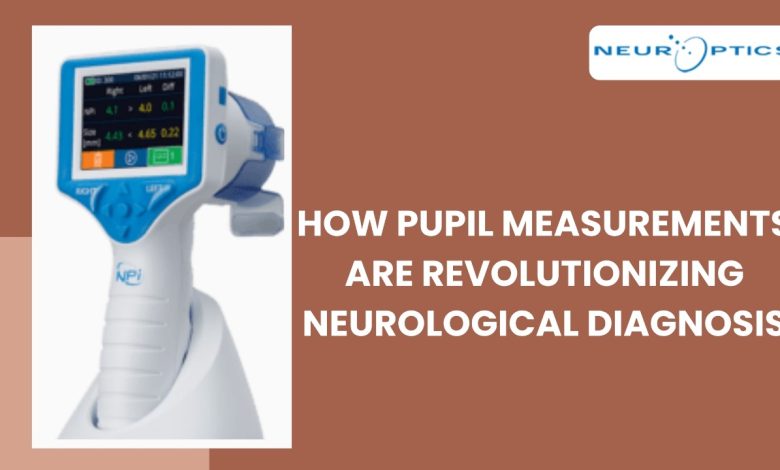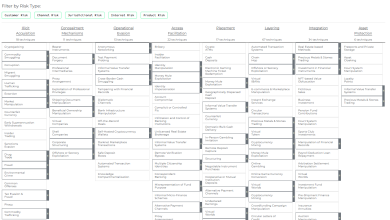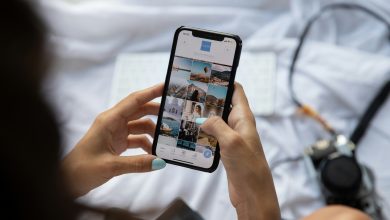
In this fast-moving field of neuroscience, pupil measurement is one of the most reliable and non-invasive ways to access brain function. What was once a simple flashlight test is now a sophisticated diagnostic approach. It is driven by advanced neurological tools. By measuring how your pupil reacts to light, doctors can gain valuable insights about patients’ neurological health.
The Pupil: A Window to the Brain
The pupil’s reaction to light directly tells how your brain functions. Every time the light enters the eye, the brain starts reacting. This reaction of your brain reveals critical information about your brain system. Usually, in intensive care units, abnormalities in the size of the pupil or its reactivity serve as early warning signs of neurological issues. The serious issues can be dramatic brain injury, brain stroke or pressure change. Pupil measurement is not only a visual check, but a very important neurological parameter.
From Flashlights to Objective Neurological Tools
Talking about history, doctors used pen lights for a quick eye checkup. They completely relied on observation. These manual methods were inconsistent and had a scope of error. Today’s technology has transformed this simple assessment into a quantifiable, objective process. Advanced neurological tools like automated pupillometers, developed by Neuroptics, are revolutionary. These devices measure pupil size, velocity and understand the light stimulation. The results are displayed in numerical and graphical formats.
The Role of NPi in Modern Neuro Exams
One of the most significant developments in this field is the use of NPi. It generates an algorithm score, which is derived from multiple aspects of the pupillary light reflex. It provides a standard number ranging from 0 to 5 that tells the function of the pupil response. If it’s below 3 it indicates abnormality, which means that it is an early sign of any brain injury. By integrating NPi readings into neuro exams. Doctors can find even a slight change in your brain behaviour. This removes subjective decisions and helps to provide a quantitative baseline.
Why Objective Pupil Measurement Matters
Automated pupil measurement is all about consistency and accuracy. In an emergency, where every minute is important, it helps doctors detect any kind of early brain injury sign. Slight change and detect brain-related issues long before any other symptoms. Continuous monitoring can help doctors find improvement or decline over time. The proper quantitative data helps to strategise treatment. It is also easy to communicate between the team members.
Neuroptics and the Future of Neurological Diagnosis
Industry leaders such as Neuroptics have taken a step ahead to develop neurological tools to improve neurological treatments. Their systems are now standard in many neuro hospitals and trauma centres. These devices provide accurate results that are very important for early diagnosis. With the integration of AI, even with Medical technology, the future of neurological diagnosis is very bright. AI algorithms help to anticipate small changes, which can lead to bigger problems in future.
Beyond Critical Care: Expanding Clinical Applications
Pupil measurement is very commonly associated with neurology. As the tools are becoming more portable and user-friendly, they play a very important role in even pre-hospital care. It is even now used in sports medicine, remote monitoring, and telemedicine. The expansion will ensure that these tools are available wherever there is a need for neurological insights.
Conclusion
The development of flashlights and, usage of advanced pupil measurement tools have marked a major development in neurological care. By using tools like automated pupillometers, it is easy to create standard metrics to evaluate brain functionality. As the innovation is not stopping, new tools and advancements are on their way. In a world where time is often the difference between recovery and decline, this revolution in neurological tools is helping clinicians make faster, smarter, and more confident decisions for their patients.




